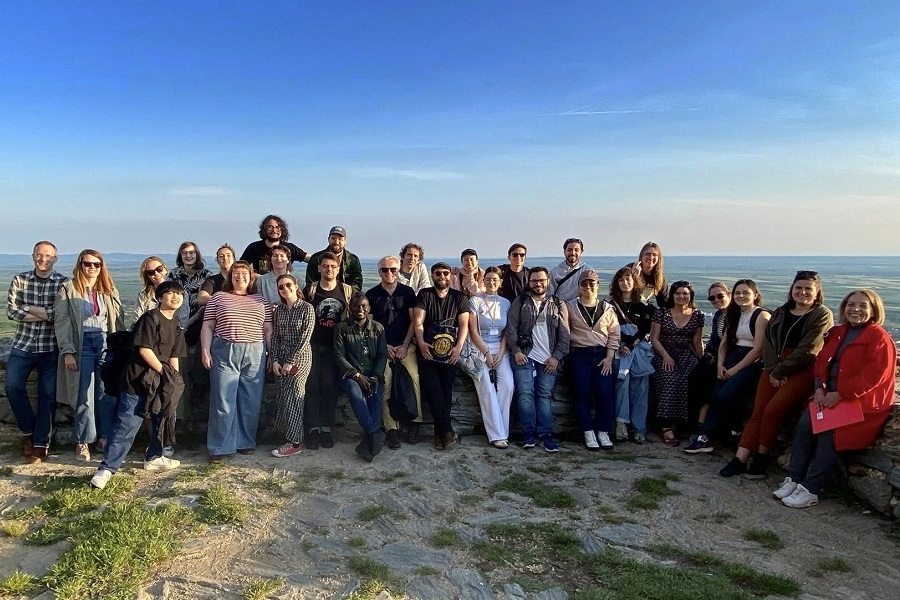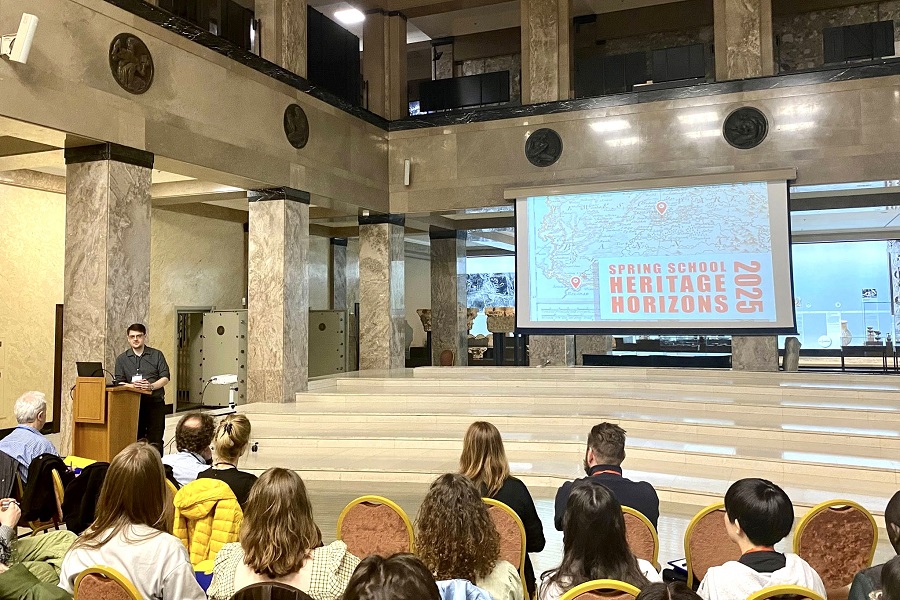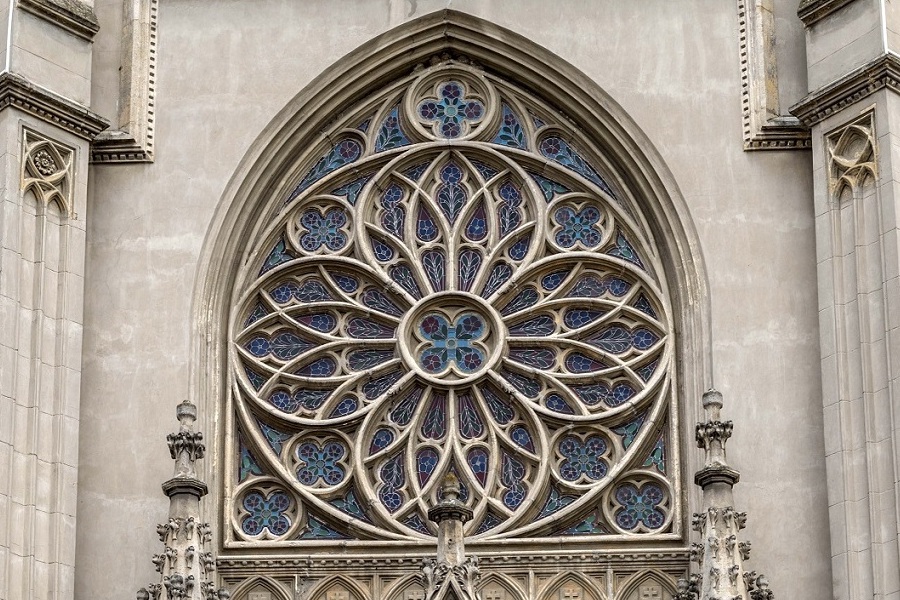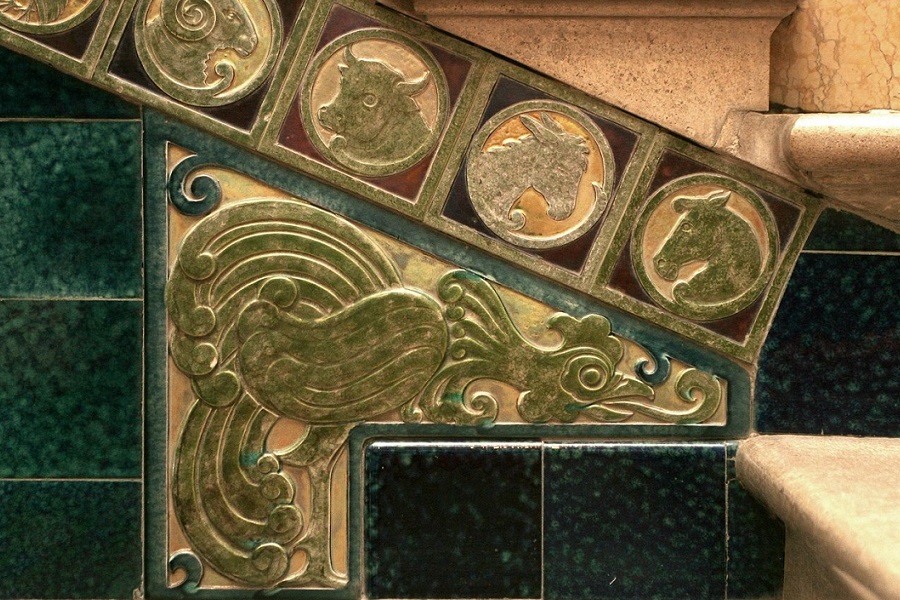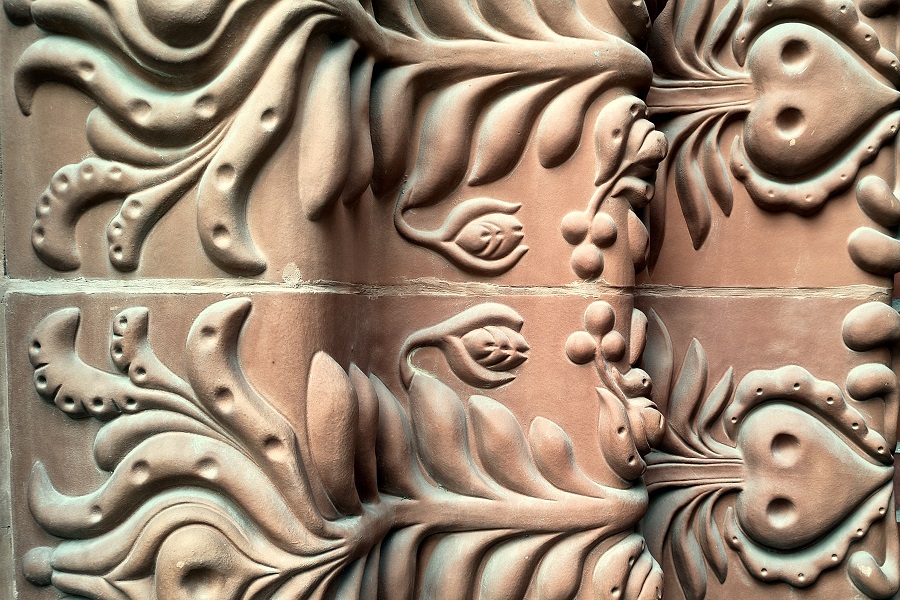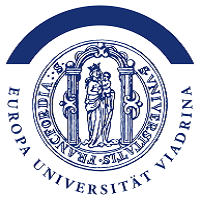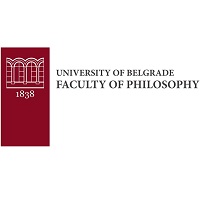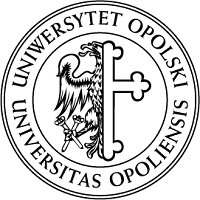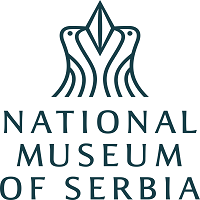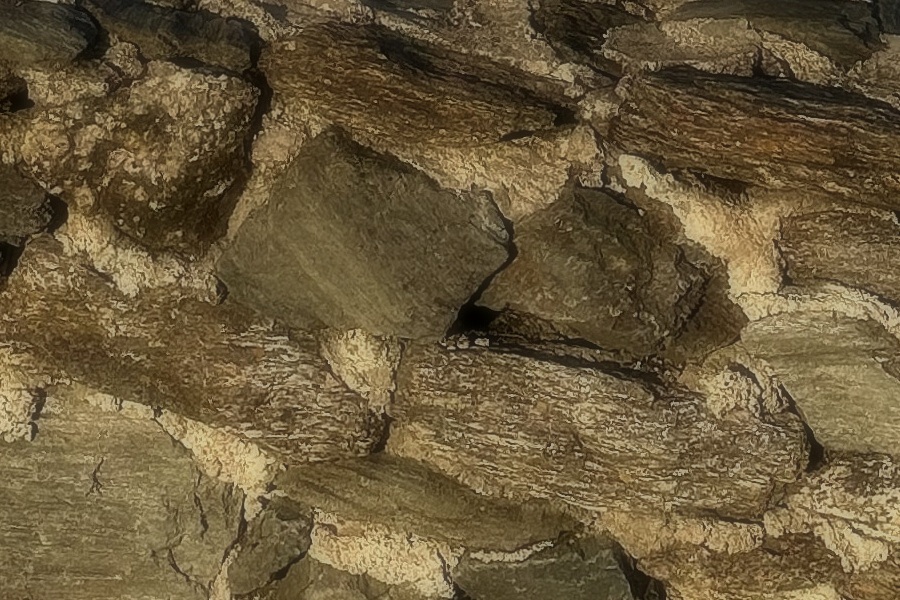
Maria Georgiana Bucatos
Materiality and Style
Architecture serves as a powerful medium for expressing cultural values, power structures, and collective identity through material choices, design elements, and stylistic decisions. This study explores how architectural forms and ornamentation reflect the interplay of aesthetics, ideology, tradition, and modernity in ethnically diverse urban spaces. By analyzing building materials, style, and symbolic expressions, it reveals the deeper relationships between architecture and the socio-cultural dynamics of two distinct cities.
Read more

